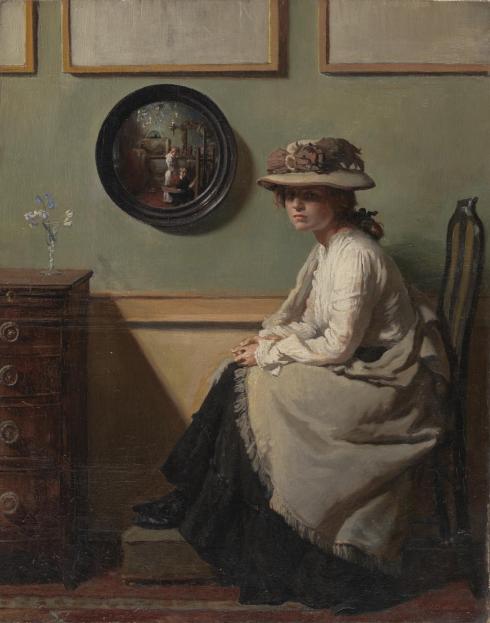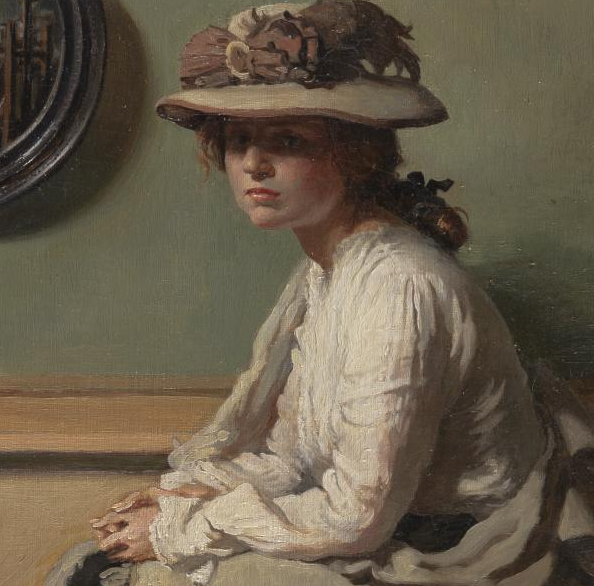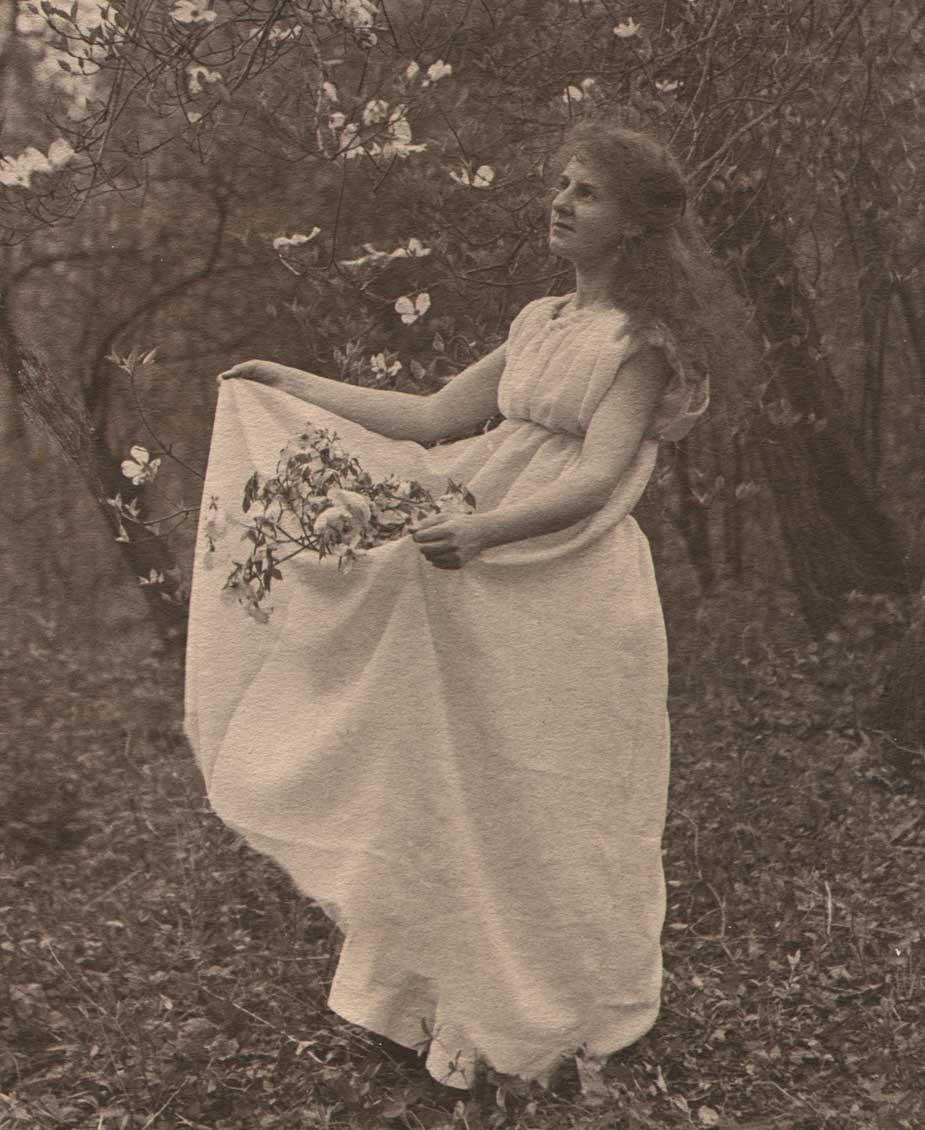“My people may be old or young, rich or poor, I may speak their language or I may communicate with them only by gestures. But wherever I find them, the Indian at work in the white man’s way, the Spanish gypsy moving back to the freedom of the hills, the little boy, quiet and reticent before the stranger, my interest is awakened and my impulse immediately is to tell about them through my own language-drawing and painting in color.”
(Robert Henri)
 Robert Henri, Irish Lass, 1913, oil on canvas 61 x 5.8 cm
Robert Henri, Irish Lass, 1913, oil on canvas 61 x 5.8 cm
Robert Henri, American artist, teacher and a guiding spirit of the Ashcan school, always spent his summers travelling either in Europe or in the States and he was always on the lookout for interesting and peculiar faces full of beauty and character to capture on his canvases. “Irish Lass” is one of such portraits of common people whose inner Beauty shines through colours and brushstrokes, the kind of Beauty seen only by those who seek to see Beauty at every step; the artists and the poets. This portrait of a young Irish girl is one of my favourites by Robert Henri, in general, and in particular these days. I find myself enjoying all the details; not what was painted, but how it was painted. Vigorous in his teachings, vigorous in his brushstrokes, Henri yearned to capture the rawness of the moment and that makes his paintings seem as if they aren’t bound to a specific time, the large blue eyes and rosy cheeks of the Irish Lass seem as fresh and alive as if they were painted yesterday. Vitality, freshness and vivacity permeate Henri’s portraits and other paintings.
Henri’s second wife, Marjorie Organ was Irish-born and the pair spent the summer of 1913 travelling through the emerald greenness of Ireland. I am sure Henri admired the beauty of the landscape, but what he captured on his canvases were not the verdant hills and old ruins, but rather the rosy cheeked fresh faces of both shy and wild Irish girls with auburn tresses. This Irish Lass, with the pink bows in her hair and that pretty white apron, looks like a wistful schoolgirl yearning for a life of adventure outside the bounds of her schoolbooks and her school yard, like a young Jane Eyre yearning to be a bird and transcend the barriers of her life. Her lips and cheeks are rosy, as if she had been running freely and exploring the wilderness. In his portraits, Henri always used colours to convey something; he used red and pink for the cheeks to signify vivacity and liveliness. Inner beauty radiates through the colours and shapes of this portrait, through her eyes as blue as the sea and flower forget me not and through the rest of her face and figure. I love how the volume is built through shades of colours.












